Cape Town is a port on the southwest coast of South Africa, on a peninsula below the imposing Table Mountain.
Cape Town is a port on the southwest coast of South Africa, on a peninsula below the imposing Table Mountain. The slowly rotating cable car climb to the flat top of the mountain, from where there are stunning views of the city, the bustling harbor, and ships heading to Robben Island, the infamous prison that once held Nelson Mandela, which is now a living museum.
1. Table Mountain National Park
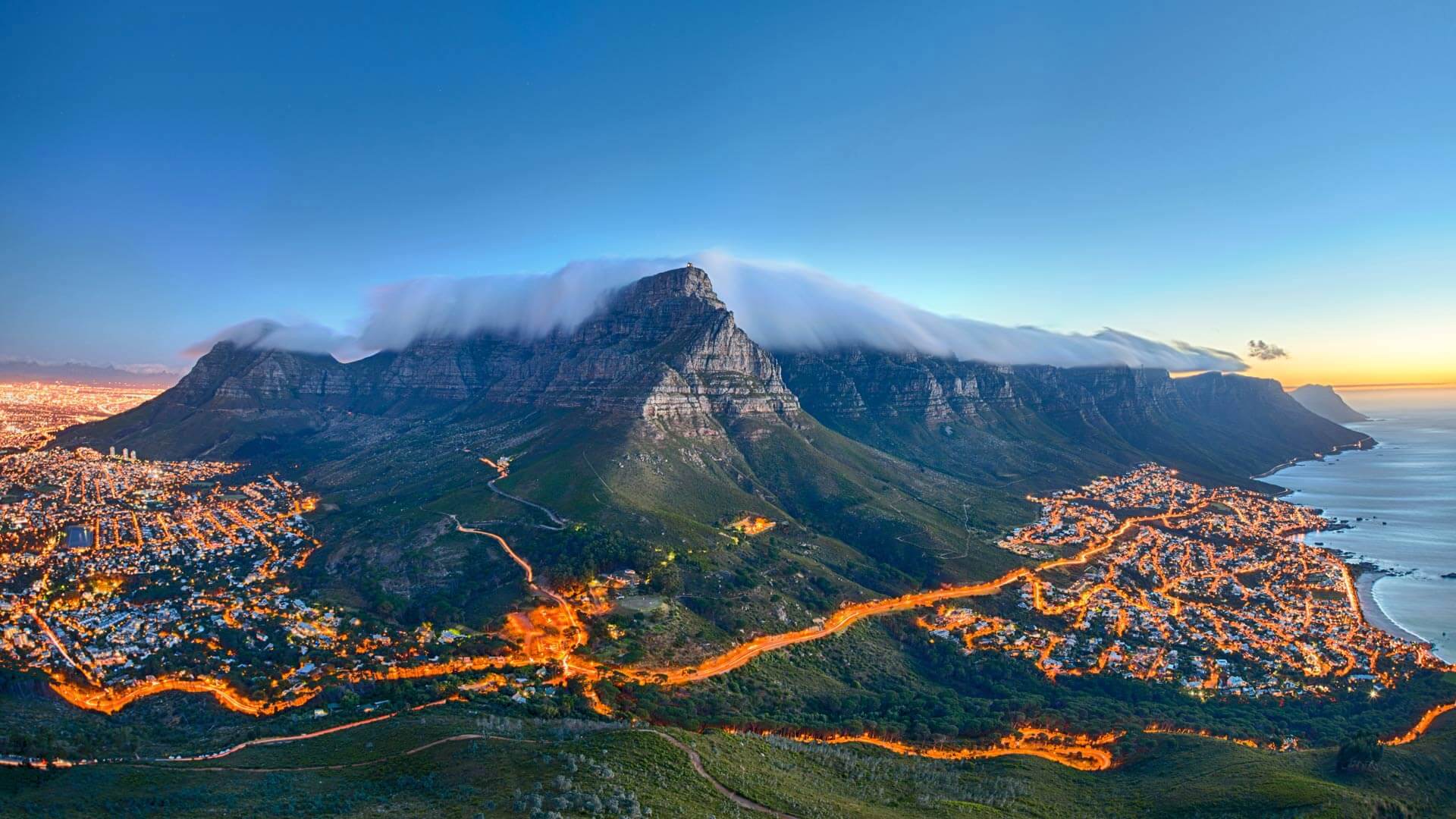
Table Mountain National Park, previously known as the Cape Peninsula National Park, is a national park in Cape Town, South Africa, proclaimed on 29 May 1998, for the purpose of protecting the natural environment of the Table Mountain Chain, and in particular the rare fynbos vegetation. The park is managed by South African National Parks. The property is included as part of the UNESCO Cape Floral Region World Heritage Site. The park contains two well-known landmarks: Table Mountain, for which the park is named; and the Cape of Good Hope, the most southwestern extremity of Africa.
2. Cape of Good Hope
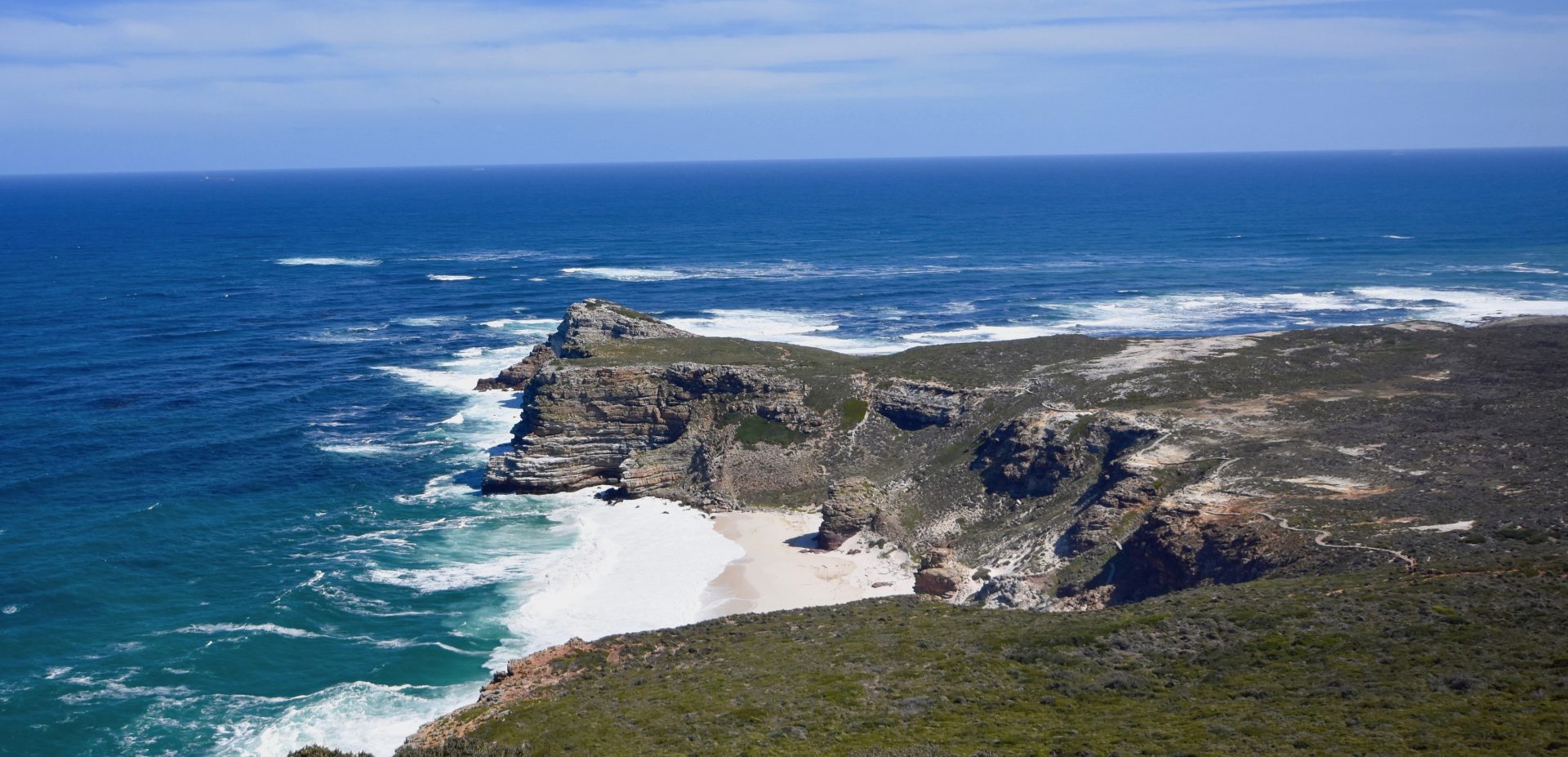
The Cape of Good Hope is a rocky headland on the Atlantic coast of the Cape Peninsula in South Africa. A common misconception is that the Cape of Good Hope is the southern tip of Africa. This misconception was based on the misbelief that the Cape was the dividing point between the Atlantic and Indian Oceans. Contemporary geographic knowledge instead states the southernmost point of Africa is Cape Agulhas about 150 kilometers to the east-southeast. The currents of the two oceans meet at the point where the warm-water Agulhas current meets the cold-water Benguela current and turns back on itself. That oceanic meeting point fluctuates between Cape Agulhas and Cape Point. When following the western side of the African coastline from the equator, however, the Cape of Good Hope marks the point where a ship begins to travel more eastward than southward.
3. Boulders Beach
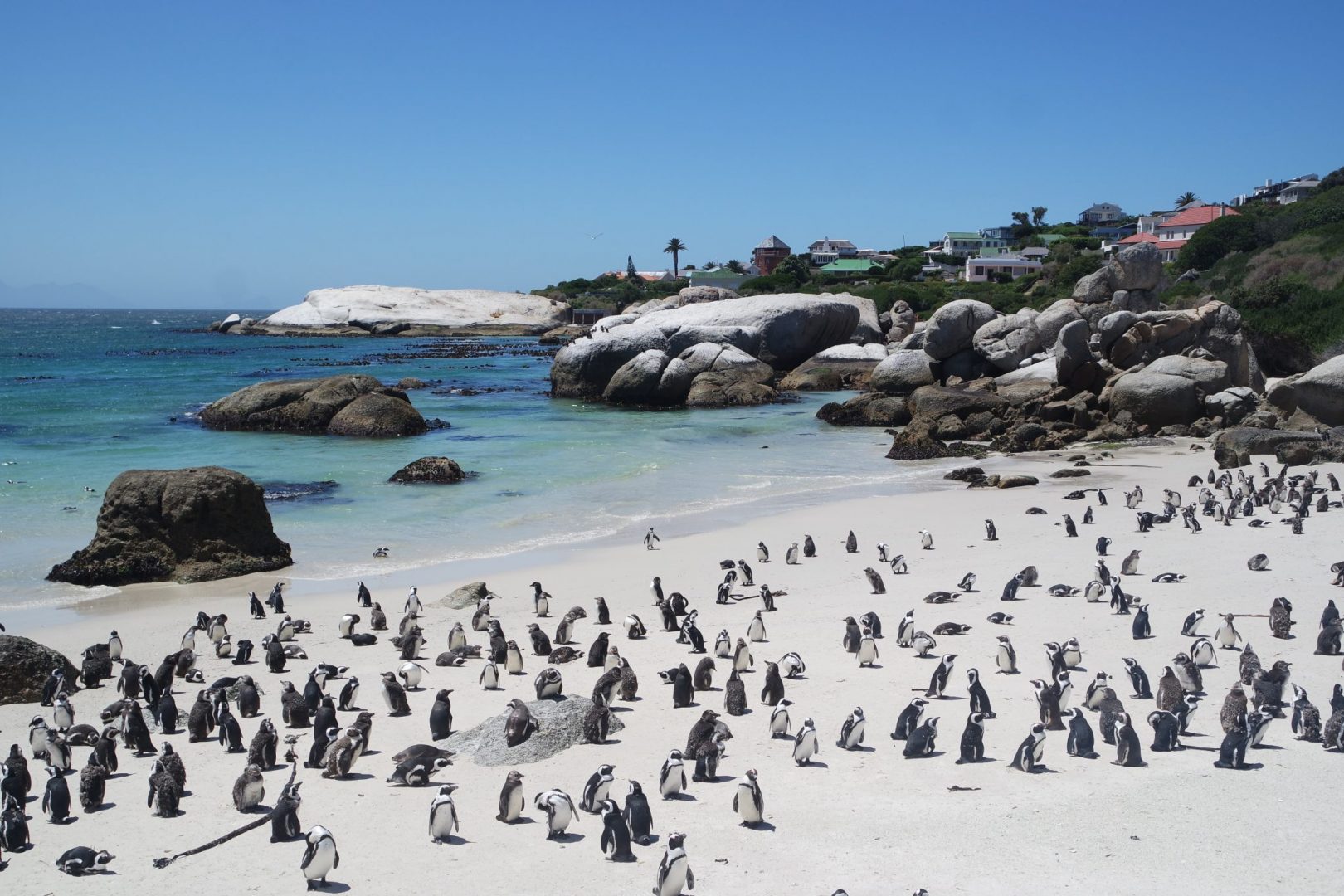
Boulders Beach is a sheltered beach made up of inlets between granite boulders, from which the name originated. It is located in the Cape Peninsula, near Simon’s Town towards Cape Point, near Cape Town in the Western Cape province of South Africa. It is also commonly known as Boulders Bay. It is a popular tourist stop because of a colony of African penguins that settled there in 1982. Boulders Beach forms part of the Table Mountain National Park. These African penguins are only found on the coastlines of Southern Africa -. These penguins are currently on the verge of extinction. As a result, the penguins are under the protection of the Cape Nature Conservation.
4. Robben Island
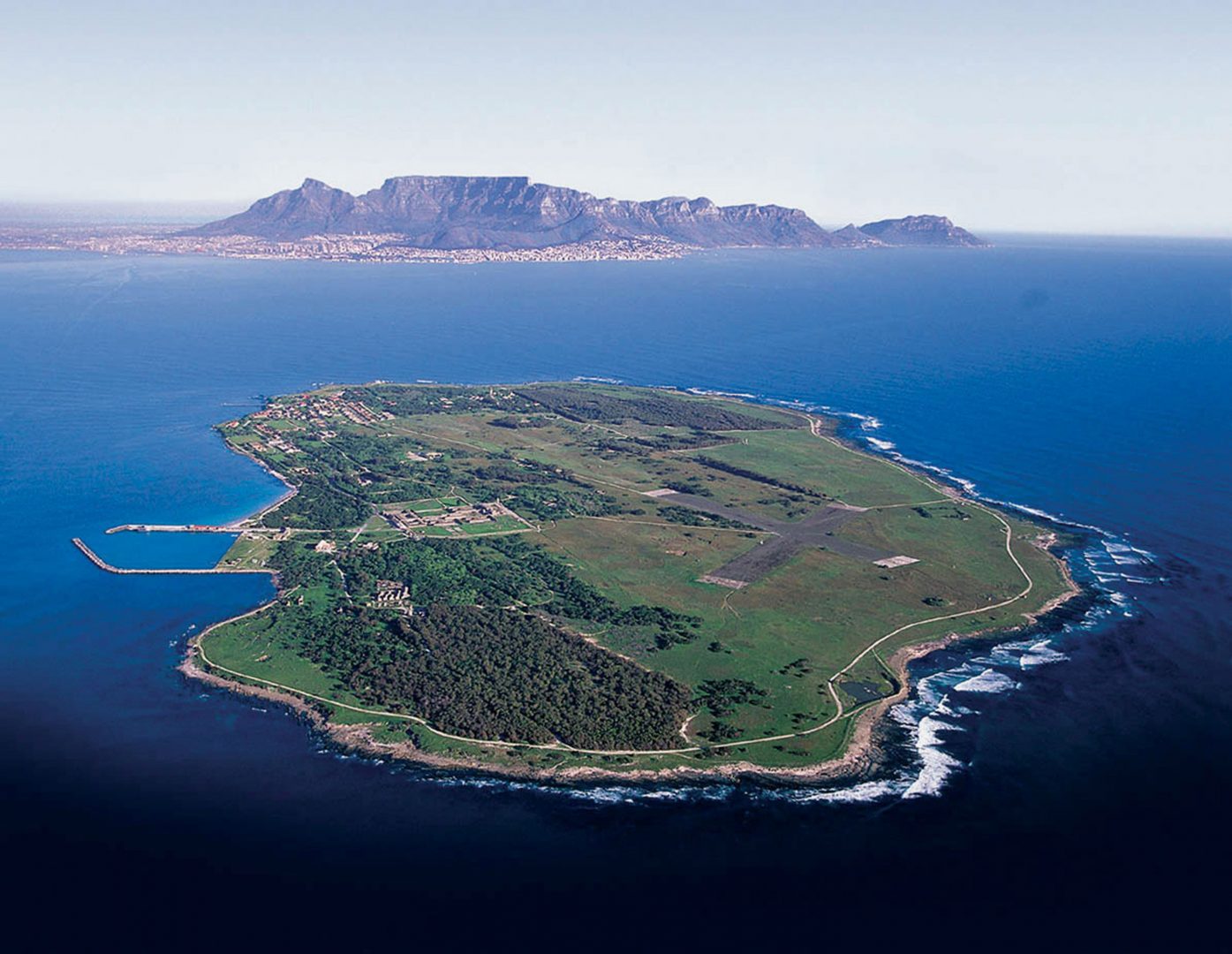
Robben Island is an island in Table Bay, 6.9 kilometers west of the coast of Bloubergstrand, Cape Town, South Africa. It takes its name from the Dutch word for seals, hence the Dutch/Afrikaans name Robbeneiland which translates to Seal Island. It is flat and only a few meters above sea level, as a result of an ancient erosion event. It was fortified and used as a prison from the late 17th century to 1996, after the end of apartheid. Many of its prisoners were political. Political activist Nelson Mandela was imprisoned there for 18 of the 27 years he served behind bars before the fall of apartheid and expansion of the franchise to all residents of the country. He was later awarded the Nobel Prize for Peace and was elected in 1994 as President of South Africa, serving one term.
5. Bo-Kaap
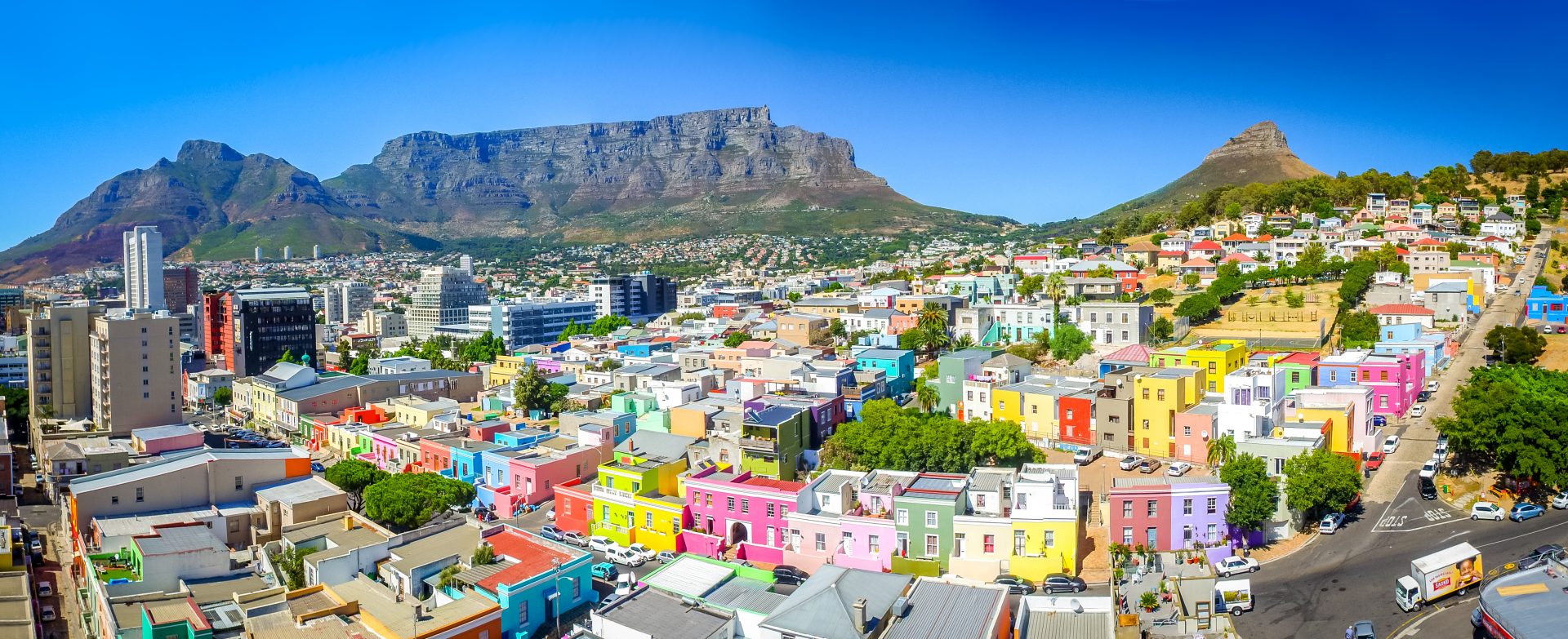
The Bo-Kaap is an area of Cape Town, South Africa formerly known as the Malay Quarter. It is a former township, situated on the slopes of Signal Hill above the city center and is a historical center of Cape Malay culture in Cape Town. The Nurul Islam Mosque, established in 1844, is located in the area. Bo-Kaap is known for its brightly colored homes and cobblestoned streets. The area is traditionally a multicultural neighborhood, and 56.9% of its population identifies as Muslim. According to the South African Heritage Resources Agency, the area contains the largest concentration of pre-1850 architecture in South Africa and is the oldest surviving residential neighborhood in Cape Town.
